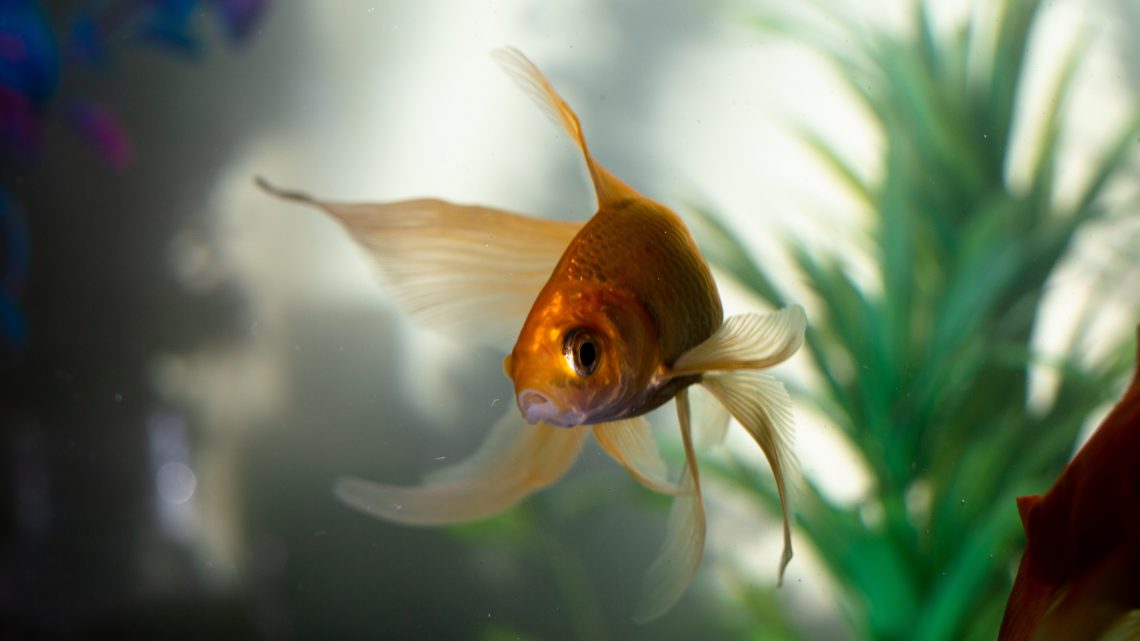Algae in Aquarium
September 4, 2021If you run a fish tank you’re going to experience algae. In some cases, like when cycling a tank, it’s normal to see it flourish and it will sort itself out but if your tank is already established and you see an algae bloom it’s time to do some troubleshooting.
Algae is an aquatic organism that lacks the features of typical plants. There are no roots, stems, or leaves and it may be a single celled organism. In the context of a home aquarium ‘algae’ is also used to refer to diatoms (brown algae) and cyanobacteria (blue-green algae).
What causes algae?
The cause of an algae bloom can usually be pinpointed to one of three things:
- Too much light
- Too much waste
- Nutrient imbalance
Identifying your algae
Brown algae appears as a brown powder covering the glass, décor and substrate. This one is typical in new setups and will usually resolve itself in a short period of time.
Green algae will appear as small bright green threads covering your fish tank. It’s very normal to see this type of algae in small doses but if it’s overtaking your fish tank something is out of balance.
Green water is caused by an algae that suspends itself in water, giving the water a green appearance. This can be more difficult to deal with since it can’t be manually removed.
Blue-green algae, also called slime algae, will appear as thick blue-green coating. It spreads fast and is difficult to get rid of. Red slime algae is another cyanobacteria that behaves the same way.
Black beard algae is a type of red algae that typically grows on plants and is difficult to remove. It may appear as a black hairy fuzz which is how it gets it’s name.
Treating algae
The first step is always to check your water parameters and address any imbalance. Too much waste can feed the algae and cause it to out-compete any plants. Additionally, too many, or not enough nutrients can cause algae to flourish. An overload of nitrate, for example, is beneficial for blue-green algae, whereas an absence of nitrate can lead to black beard algae. There is some controversy in that algae can flourish in low nutrient environments where the plants are struggling and lowering nutrient levels is not always best.
You’ll want to remove as much algae as you can during cleaning sessions and take out any decor that is severely affected for a thorough scrub. The tools below are handy for fast removal from glass.
Next, check the lighting. Algae is common in tanks that receive a lot of natural light or use strong lighting. Try to reduce the light hitting the tank on a daily basis, and ‘black out’ the tank to deal with an outbreak. This means depriving the tank of light for several days, most plants will survive this whereas the algae will not.
If you’re still suffering with a little too much algae after addressing nutrient and lighting problems you can always get in some help. Ramshorn snails love algae and will devour most types, although do be prepared for them to breed once they’ve feasted. The population should calm down once the algae is in check. Shrimp and some fish will also feast on certain types of algae.





